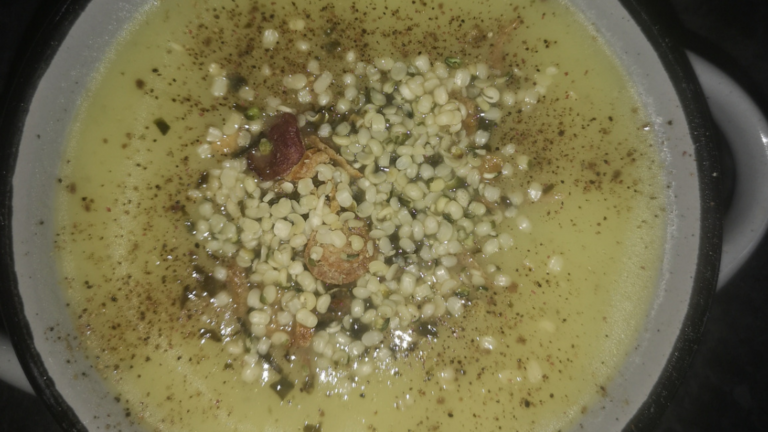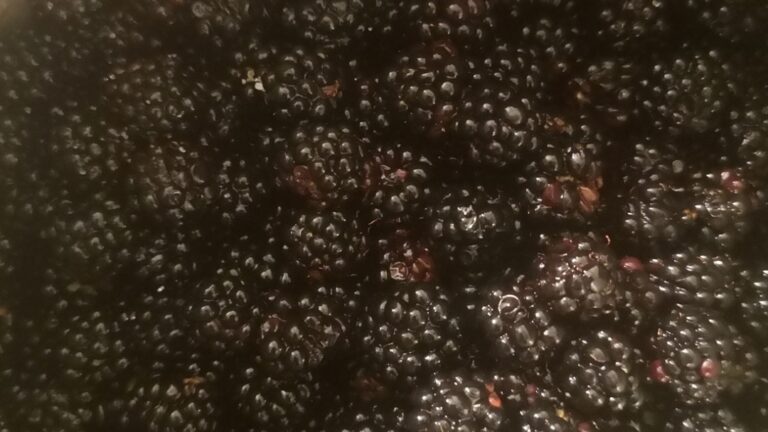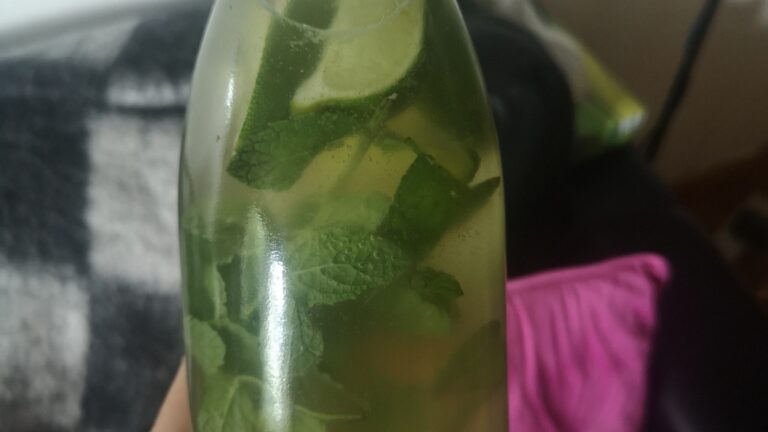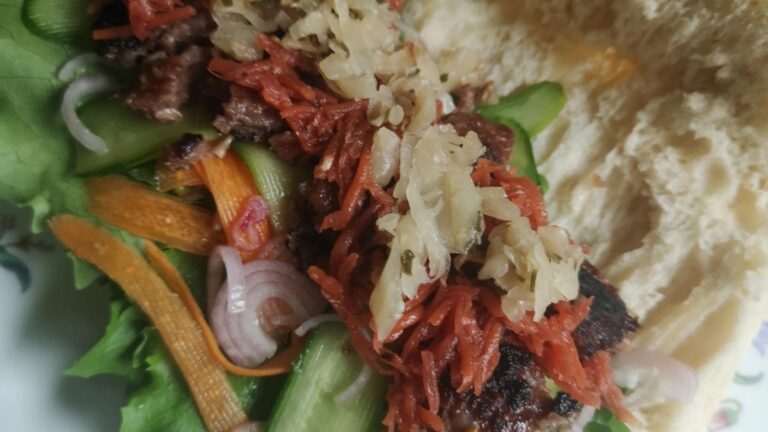Nourishing your body is essential for better health. Gut microbiome research is coming on leaps and bounds over the last few years.
The best ways to improve gut health is eating fermented foods (like the recipes I have shared in previous weeks) and increasing fiber diversity, aiming for at least 30 different sources each week. This is the kind of information I teach within The Healing Rebel Mastery programme which you can sign up for here>>> https://iamjenwilson.thrivecart.com/thehealingrebel/
30 sources sound a lot, but it’s not. Herbs, spices, nuts, seeds, grains, as well as fruit and vegetables all count. If you try and keep your veggies local and seasonal that will help the diversity and your health throughout the year.
Salads are for spring/summer, root veggies are for autumn/winter.
This week I am bring you a classic soup and showing you how you can easily boost the diversity and fiber points.
Potato & Leek Soup Fibre Points 10+
2 medium/large leeks.
3 or 4 medium potatoes (if you use different varieties of potato that will increase your fiber points.
2 cloves of garlic (fermented garlic is even better)
Dried herbs: oregano, basil, coriander leaf, sage
2 bay leaves (remove these at the end the cooking process)
2 tablespoons extra virgin olive oil
3 heaped tspn bouillon or 3 stock cubes
Heat the oil, chop everything that needs to be chopped, put all the ingredients in the pot and sweat out the veggies to bring out the flavour.
Once the veggies soften, add about 1.5 litres of boiling water.
Bring to a boil then reduce to a simmer and leave to cook for around 45mins.
Remove the bay leaves then blend till smooth.
When serving, adding some hemp seeds and black pepper gives you an additional couple of points.
Having it with sourdough bread gives you even more fiber points!
Let me know if you give it a go and if there are any tweaks you make.








